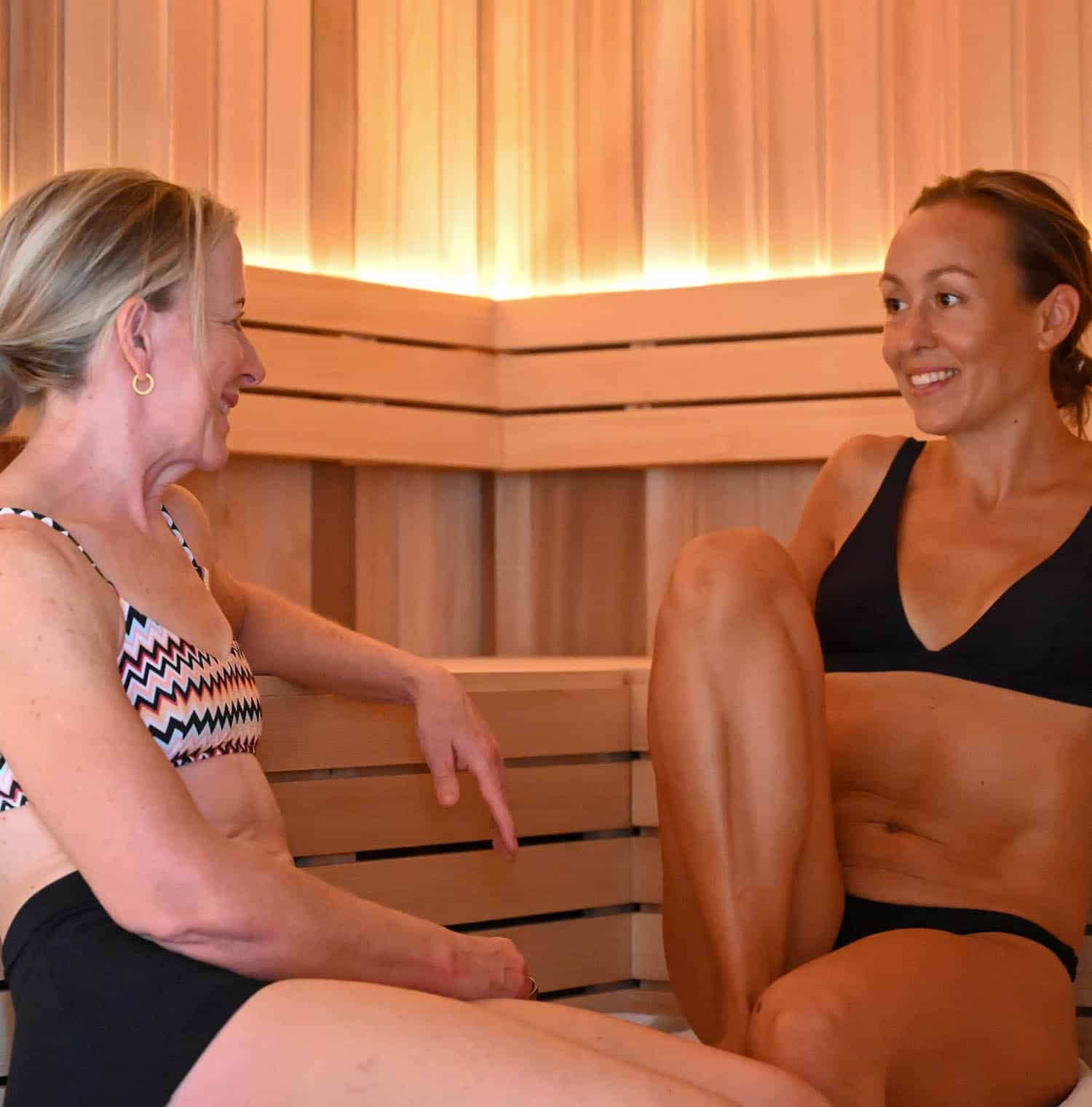Ice baths have gained popularity among athletes, wellness enthusiasts, and even mental health advocates for their remarkable benefits. From speeding up muscle recovery to improving mental clarity, cold exposure has a profound effect on both the body and mind.
But what exactly happens when you immerse yourself in freezing water? Let’s explore the science behind ice baths and how they work to enhance overall health and performance.
What is an Ice Bath?
An ice bath, also known as cold water immersion, involves submerging your body in water cooled to around 10–15°C for a short period—usually between 3 to 10 minutes. While the initial shock of the cold can feel intense, the benefits begin almost immediately as your body responds to the sudden temperature change.
Ice baths have long been used in sports recovery, but research has shown that the benefits go beyond physical repair—they also have a significant impact on mental resilience, circulation, and immune function.
How Cold Exposure Affects the Body
When you enter an ice bath, your body’s response is immediate and intense. The cold triggers a series of physiological changes designed to protect your core temperature and optimise bodily function.
1. Vasoconstriction and Improved Circulation
Cold exposure causes vasoconstriction—the narrowing of blood vessels—which reduces blood flow to the skin and extremities. This is your body’s way of preserving heat and protecting vital organs.
- Why It Matters: Reduced blood flow decreases swelling and inflammation, helping muscles recover faster after exercise.
- The Rebound Effect: When you step out of the ice bath, your blood vessels dilate (vasodilation), which increases circulation, oxygen delivery, and nutrient supply to muscles, speeding up recovery.
2. Reduced Inflammation and Muscle Soreness
One of the most well-known benefits of ice baths is their ability to reduce inflammation. Cold exposure lowers the activity of pro-inflammatory markers and helps flush out lactic acid build-up in muscles.
- How It Helps:
- Less post-workout soreness (delayed onset muscle soreness).
- Faster recovery between training sessions.
- Improved overall athletic performance.
Example: After a long run or intense gym session, an ice bath can reduce muscle stiffness and soreness, helping you bounce back quicker for your next workout.
3. Boosted Mental Resilience and Focus
The initial shock of cold water triggers the body’s stress response, but over time, exposure to this stress builds mental resilience. Cold exposure activates the sympathetic nervous system, which improves your ability to handle stress both physically and mentally.
- Endorphin Release: Ice baths increase the production of endorphins and norepinephrine, which are known to improve mood, increase focus, and create a sense of euphoria.
- Increased Mental Clarity: After an ice bath, many people report feeling more focused and energised.
Example: Starting your day with an ice bath can give you a mental edge, sharpening your focus and reducing feelings of stress or anxiety.
4. Activation of the “Diver’s Reflex”
When your face and body are exposed to cold water, your body activates the mammalian dive reflex—a survival mechanism that slows your heart rate and redirects blood flow to vital organs.
- What It Means:
- Your heart rate slows, promoting a calming effect.
- Increased blood flow to the brain and heart improves cognitive function and overall circulation.
- The body becomes more efficient at oxygen use.
5. Strengthened Immune Response
Regular cold exposure has been shown to improve immune function by increasing white blood cell count and enhancing the body’s ability to fight infections.
- How It Helps:
- Improved resistance to colds and flu.
- Faster recovery from illness and injury.
- Enhanced overall health and vitality.
How Long Should You Stay in an Ice Bath?
Finding the right balance is key to maximising the benefits of ice baths without overstressing your body.
- Beginners: Start with 1–2 minutes at around 12–15°C and gradually increase as your tolerance improves.
- Experienced Users: Most athletes stay in an ice bath for 5–10 minutes at a temperature of 10–12°C.
- Maximum Limit: It’s generally advised not to exceed 10 minutes to avoid potential cold-related risks.
Tip: If you’re shivering uncontrollably or feeling numbness, it’s time to get out and warm up slowly.
Tips for Getting the Most Out of an Ice Bath
To maximise the benefits of cold exposure, try the following:
- Focus on Breathing: Take slow, deep breaths to calm your nervous system and help your body adjust to the cold.
- Warm Up Gradually: After your ice bath, warm up naturally with a light towel or a warm drink—avoid jumping straight into a hot shower.
- Stay Consistent: The benefits of ice baths increase with regular use. Aim for 2–3 sessions per week.
- Listen to Your Body: If you feel lightheaded, overly chilled, or uncomfortable, stop immediately.
Why Vikasati Offers the Best Ice Bath Experience
Ice baths are a powerful tool for recovery, mental resilience, and overall wellness when used correctly—but at Vikasati, they’re just the beginning. For $46, you’ll gain 90-minute access to our bathhouse, now available at our locations in Brisbane and the Gold Coast, featuring:
- Finnish Sauna: Relax, improve circulation, and reduce stress.
- Ice Baths: Soothe sore muscles and boost recovery with 5°C cold therapy.
- Magnesium Pools: Alternate between hot (37°C) and cold (14°C) pools for ultimate relaxation and recovery.
Whether you’re new to cold therapy or an experienced practitioner, Vikasati’s supportive environment and expert team ensure a safe and transformative experience.
Book your session at Vikasati Brisbane or Gold Coast today and take the next step in optimising your health and wellness.








